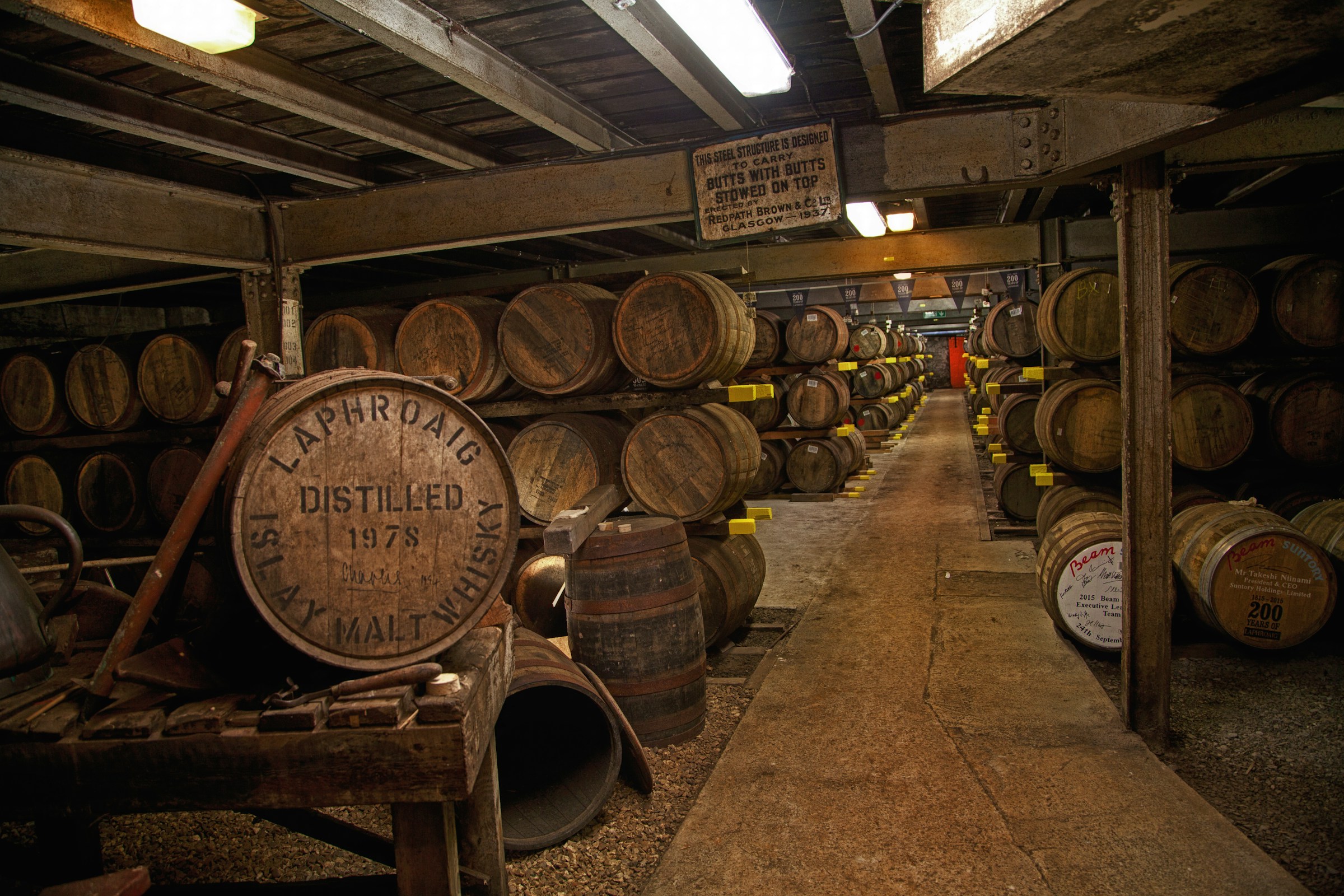The highland of Scotland is by far the largest of the Scottish whisky regions. It essentially covers most of the Scottish mainland, with the exception of the Lowlands, and geographically includes the Speyside (though Speyside is classified as a separate whisky region simply due to the large amount of distilleries in that area), and the Islands. Because of the huge area covered, it’s rather difficult to identify some common characteristics in the whiskies, and therefore the region is commonly divided into sub regions: The Western-, Eastern -, Central (or southern) and Northern Highlands.
Northern highlands
The largest of the sub regions, the Northern Highlands include all the mainland to the left of an imaginary line leading from Fort William to Inverness ( including Inverness itself). Most of the area is a flat plateau, surrounded by the sea and ocean with the majority of the distilleries located on the Eastern coast. The whiskies tend to be full-bodied and complex, slightly dry-ish, malty, with sweeter hints of fruit, heather and spices.

The Northern Highland distilleries include:
- Ardnamurchan
- Balblair
- Clynelish
- Dalmore
- Glenmorangie
- Glen Ord
- Old Pulteney
- Royal Brackla
- Teaninich
- Tomatin
- Wolfburn
Past distilleries include:
- Brora
- Glen Albyn
- Glen Mhor
- Millburn
Western Highlands
The Western Highlands area is the area directly to the right of the Northern Highlands. At the south-west lies the Atlantic ocean, and to the south, the Lowlands. It’s a rugged, mountainous area with lots of rain, where cultivating the land is hard, and the typical resources used in whisky distilling are scarce. As a result, it never was very popular for whisky making. Whiskies typically are slightly peaty with a dry and peppery finish.
There currently are only 4 active distilleries in the Western Highlands:
Former distilleries include:
- Glenlochy
Central Highlands
The Central (or Southern) Highlands are located in-between the Western and the Eastern Highlands, and most of it is made up by the country of Perth, though it spreads beyond the Perth borders. Central Highland whisky tends to be rather hard to classify due to the different styles used by the distilleries, but if we’d have to look for common features, it’d be that they are generally light whiskies, with hints of honey and heather, and slightly sweet.
The Central Highlands include the following distilleries:
Eastern Highlands
Last but not least, the Eastern Highlands span the area from the northern coast, eastwards of Speyside, down to the Firth of Tay. It includes part of Aberdeenshire, Angusshire, Kincardineshire eastern parts of Inverness-shire. Whiskies from this area are typically full-bodied, dry, earthy and fruity, and some of them might be easily confused for a Speyside whisky due to the sweetness.
The following distilleries are located in the Eastern Highlands:
- Arbikie
- Fettercairn
- Glencadam
- GlenDronach
- Glen Garioch
- Glenglassaugh
- Knockdhu (anCnoc)
- Royal Lochnagar
Past distilleries include:
- Glenesk
- Glenugy
- Glenury Royal
- Lochside
- North Port
